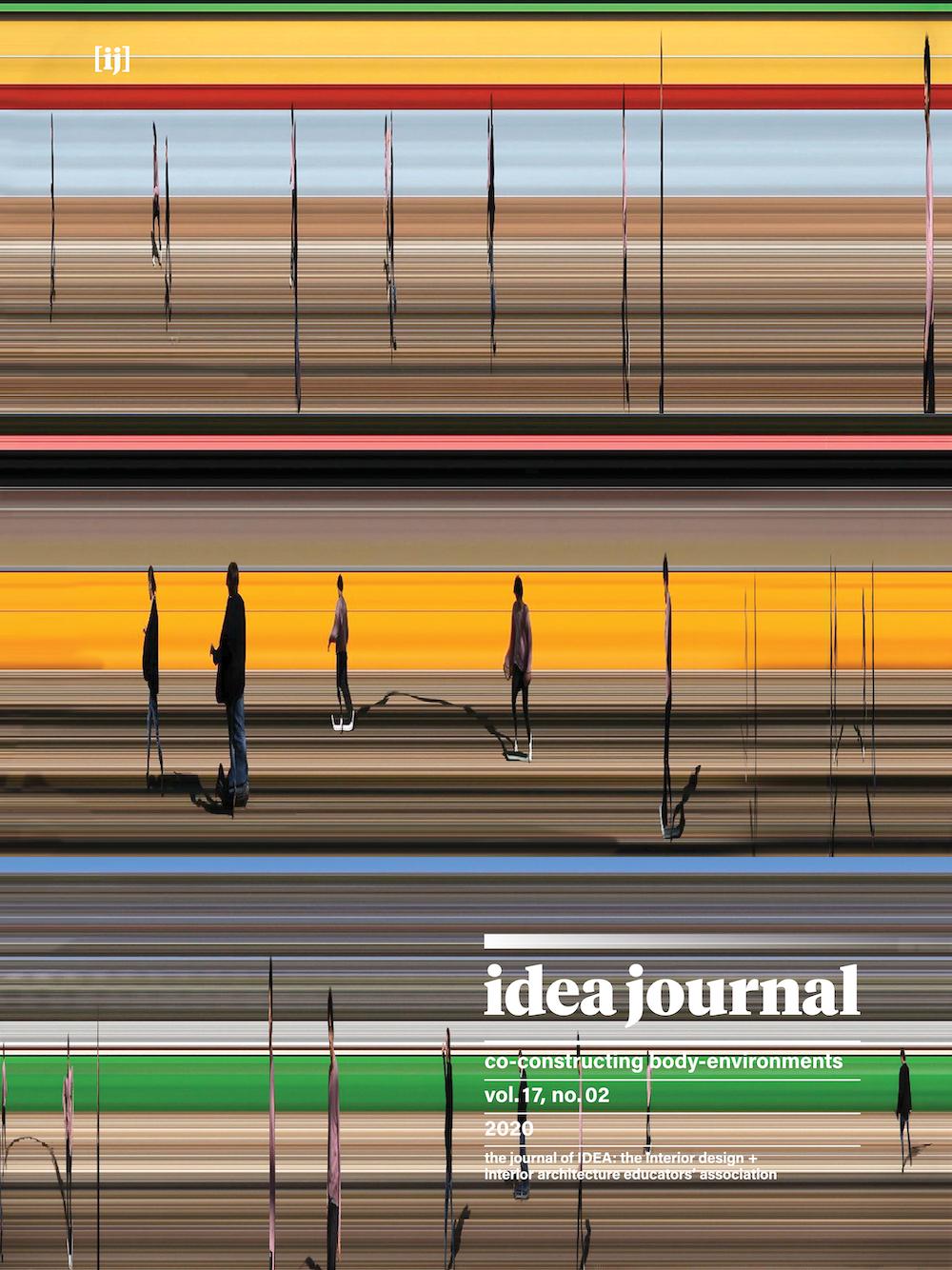Sympathetic World-making: Drawing-out Ecological-Empathy
Main Article Content
Abstract
This article reflects on an experiment in drawing, titled Surrogate Drawing, in which an assemblage of people, materials and artefacts engaged in a live, improvisational process of co-production. The group was interested in how empathy might be cultivated through architectural drawing.
The article develops an argument across three main parts. The first part offers a brief overview of the drawing experiment, situated relative to some key assumptions and conventions of architectural drawing, via the work of Robin Evans and others. In particular, this involved unsettling the idea of translation and its underlying premise of projection—a premise that resonates with the concept of empathy. The second part moves into a series of first-person accounts, one from each author. This experiential access reveals degrees of complexity that question the model of projection as a primary operative principle for either drawing or empathy, calling for an alternative conceptual framework. The third part offers such an alternative, via Jakob von Uexküll’s work concerning the Umwelt, or perceptual life-worlds. Via Uexküll we come to better understand drawing as less of a process of translation or transmission, and more of a process of creative world-making. Through Uexküll’s depiction of the Umwelt as a ‘bubble,’ the paper offers an alternative diagrammatic to that of projective geometries: that of a foaming.
The manifestly collective world-making inherent in this drawing experiment leads us to conclude by opening up something we discuss as ‘ecological empathy’—or sympathy. It is proposed that drawing, if conceptually liberated from projective models, may be an important technique to cultivate ecological-empathy, or sympathy. This points toward a way that architecture might be reoriented toward sympathetic world-making.
Article Details
Author/s and or their institutions retain copyright ownership over works submitted to Idea Journal, and provide the Interior Design / Interior Architecture Educators Association with a non–exclusive license to use the work for the purposes listed below:
- Make available/publish electronically on the Idea Journal website
- Publish as part of Idea Journal's online open access publications
- Store in electronic databases, on websites and CDs/DVDs, which comprise of post-publication articles to be used for publishing by the Interior Design / Interior Architecture Educators Association.
Reproduction is prohibited without written permission of the publisher, the author/s or their nominated university. The work submitted for review should not have been published or be in the process of being reviewed by another publisher. Authors should ensure that any images used in their essays have copyright clearance.

